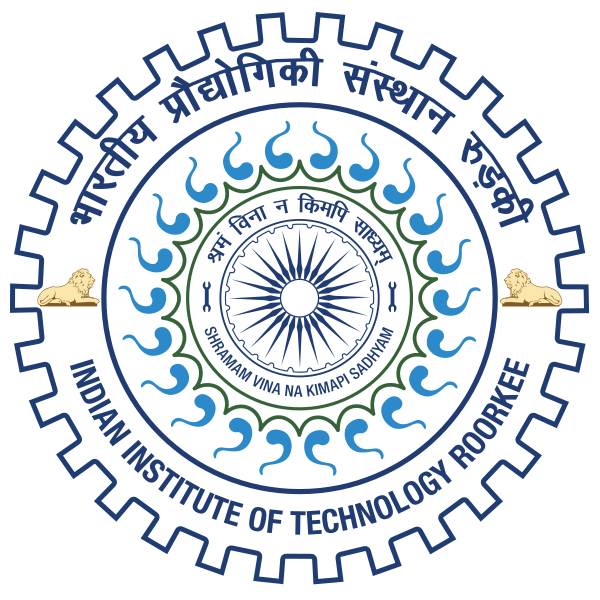Please use this identifier to cite or link to this item:
http://localhost:8081/jspui/handle/123456789/18355| Title: | ESTIMATION OF INDUSTRIAL DISCHARGES INTO NATURAL DRAIN AND ITS MODELING |
| Authors: | Vicky |
| Issue Date: | Jun-2023 |
| Publisher: | IIT, Roorkee |
| Abstract: | Discharge means the volumetric flow rate of liquid that passes through any cross-sectional area. It consists of many waste materials, dissolved solids, and the dissolved chemical in the water, besides industrial discharge, and its compositions. As we can see, the number of industries is growing yearly in its industrial era. Industrial discharge mainly consists of three types of waste: chemical waste, solid waste, and toxic and hazardous waste. Factories, processing centres, warehouses, and plants generate chemical waste(A. K. Singh et al., 2022). Solid waste means garbage, refuse, sludge from the wastewater treatment plant, etc. As per the environment protection agency (EPA), a hazardous substance is corrosive, reactive, and toxic. Toxic substances are usually harmful to humans and all the life on earth. Industrial discharge varies from industry to industry, depending on how big the industry is and how they have treated the waste before discharge to any river or drain (Ahmad Kamal et al., 2020). Industrial discharge can significantly impact fresh water and its aquatic life as it carries different types of contamination to waterways, groundwater, and lakes. In developing countries like India, various factors affect water quality, such as urbanization, industrialization, and improved living standards (Savant et al., 2020). As these things increase the demands for energy and water will increase, resulting in an adverse impact on the ecosystem in terms of increased water and air pollutions to the environment which then directly affects the human being. A study has shown that in the year 2025, about 60% of world pollution may undergo a physical water shortage (Bhatia et al., 2018). Thus, the higher demand for water of increasing populations is considered the main driving force to reuse wastewater. The purity of fresh water is essential for humans as we highly use it for various activities like drinking, bathing, washing, irrigating, etc. Different kinds of pollutants in industrial discharge harm living beings, adversely affect aquatic life, and directly reduce crop production. Here, we mainly discussed the paper and pulp industries and food industries, their effluent compositions, and the waste generation sources involved in these industries. The effluent from paper and pulp industries is characterized by alkaline pH, chemical oxygen demand (COD), and biochemical oxygen demand (BOD) (A. K. Singh et al., 2022). Apart from these, several other pollutants are also there, like phenols, lignin, dissolved solids, sulphate, total dissolved solids, and various heavy metals such as Cadmium (Cd), Copper (Cu), Iron (Fe), Nickel (Ni), Lead (Pb), etc. |
| URI: | http://localhost:8081/jspui/handle/123456789/18355 |
| Research Supervisor/ Guide: | Majumder, C. B. |
| metadata.dc.type: | Dissertations |
| Appears in Collections: | MASTERS' THESES (Chemical Engg) |
Files in This Item:
| File | Description | Size | Format | |
|---|---|---|---|---|
| 21561020_VICKY.pdf | 2.12 MB | Adobe PDF | View/Open |
Items in DSpace are protected by copyright, with all rights reserved, unless otherwise indicated.

